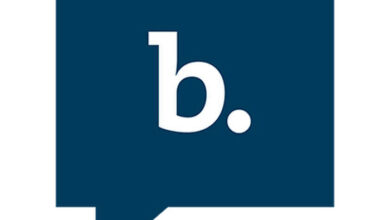Passive Management: The Baseline for Defined Contribution Plan Sponsors?

Ample data demonstrates that passive management has largely outperformed its active counterpart net of fees for well over a decade. This has helped induce a mass asset transfer from active funds to exchange-traded funds (ETFs) and other passive alternatives and sparked considerable debate about the future of active management and what role it should play in investment portfolios. How, for example, should sponsors of defined contribution (DC) plans approach the issue?
A recent monograph from the CFA Institute Research Foundation explored that question, among many others of import to DC plan sponsors. Media coverage of the book focused on the role of actively managed funds in a DC plan’s potential investment lineup and prompted responses from some influential investment industry voices. Below the monograph’s authors address the critiques.
Our recent publication, Defined Contribution Plans: Challenges and Opportunities for Plan Sponsors, has generated considerable debate over one small segment of a very broad-based policy book. Some critics have misinterpreted our discussion regarding the inclusion of actively managed investment options in defined contribution (DC) plan lineups. Much of this controversy was caused by an industry news article that incorrectly stated that we believed that DC sponsors could be sued for hiring active managers.
We said nothing of the sort.

Let’s be clear: We are active management skeptics. Hiring and retaining value-added active managers is hard, even when sponsor investment committees are guided by professional assistance. Some plan sponsors have considered the issue and chosen to provide only a suite of passively managed investment options. On the other hand, many sponsors have included actively managed investment options and they have suffered no legal consequences for those decisions.
We do not believe that sponsors who conduct appropriate due diligence and choose to offer active investment strategies in their investment lineups are exposing themselves to legal risk. We argue that sponsors should do no harm in their selection of investment options. By that we mean that sponsors should carefully weigh the costs (fees, additional investment risks, participant communications, and investment committee time) associated with active manager selection and through their documented considerations convince themselves that the benefits outweigh the costs. That would seem obvious as an objective for choosing any investment options.
Nevertheless, we want to emphasize that this statement is a policy guideline, not a legal standard. What we proposed to sponsors is that they start with passive management as a baseline for selecting investment options. Active management is built on deviations from a passive benchmark. If active managers cannot add value, then passive is the preferred position, not the other way around.
That hardly seems controversial. We believe that many sponsors will and should arrive at this position. However, if a sponsor can convince itself with thorough research that the added fees and additional active management risk of an actively managed strategy best serve the purposes of a segment of their plan participants, then the sponsor is justified in hiring the manager. There is no serious legal risk involved.

Different sponsors will arrive at different conclusions about the value of active management across different asset categories and investment strategies. That is why the active versus passive debate has raged for 50 years and won’t disappear any time soon.
We urge interested practitioners to read our entire book. It is full of interesting observations and recommendations across the entire range of responsibilities of DC plan sponsors. We expect readers will agree with us on some topics and (perhaps strongly) disagree on others. That is the nature of research and informed debate.
If you liked this post, don’t forget to subscribe to the Enterprising Investor.
All posts are the opinion of the author. As such, they should not be construed as investment advice, nor do the opinions expressed necessarily reflect the views of CFA Institute or the author’s employer.
Image credit: ©Getty Images / tunart
Professional Learning for CFA Institute Members
CFA Institute members are empowered to self-determine and self-report professional learning (PL) credits earned, including content on Enterprising Investor. Members can record credits easily using their online PL tracker.




